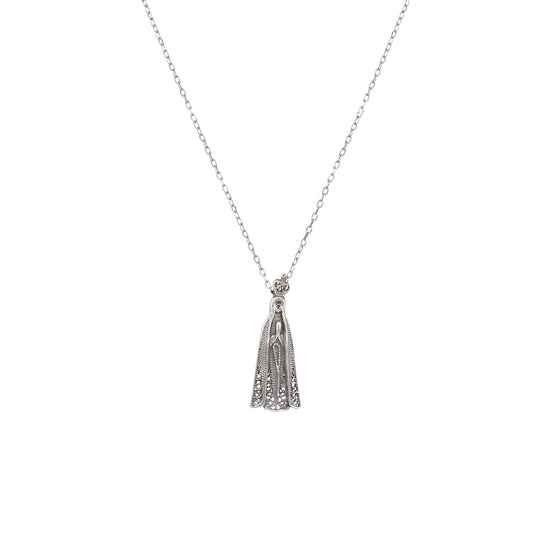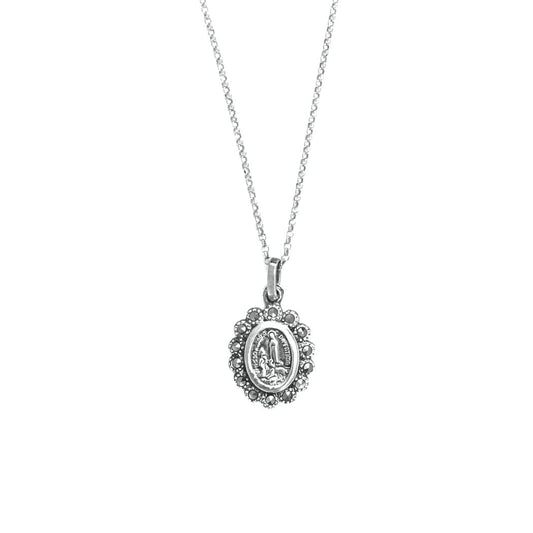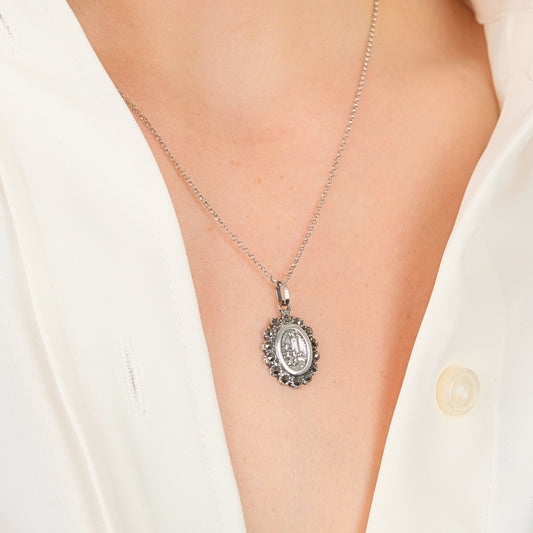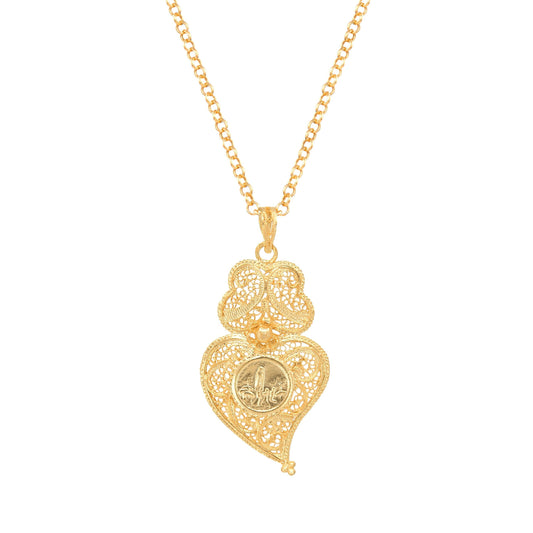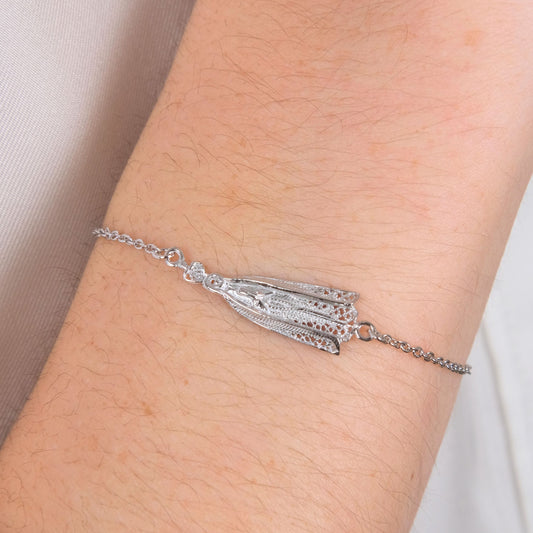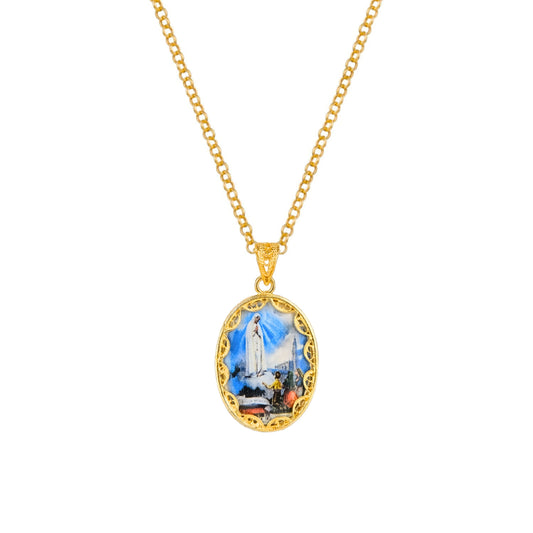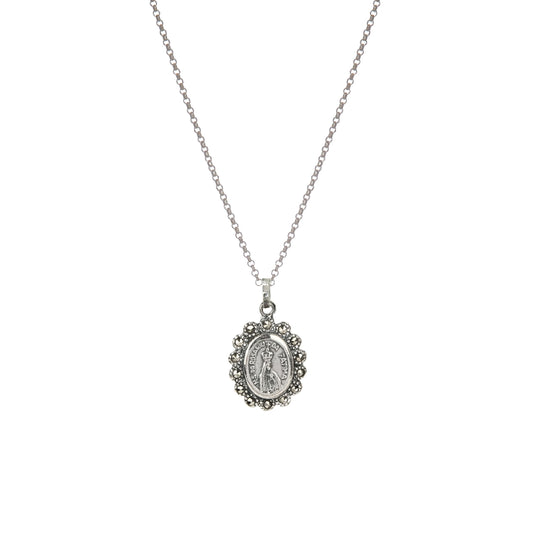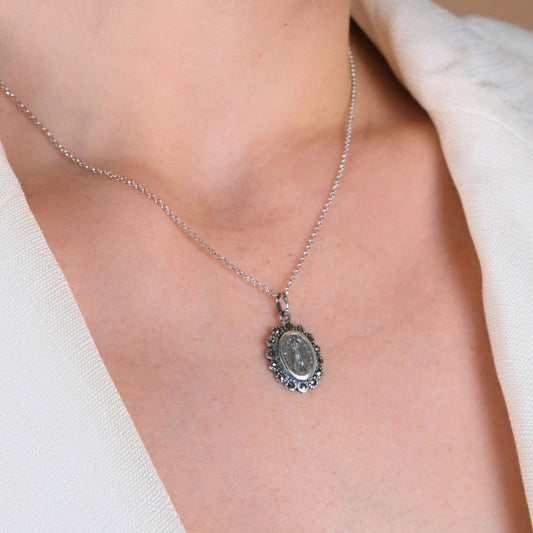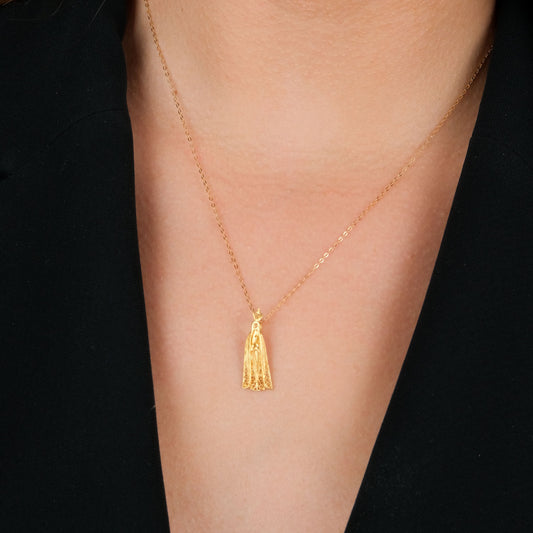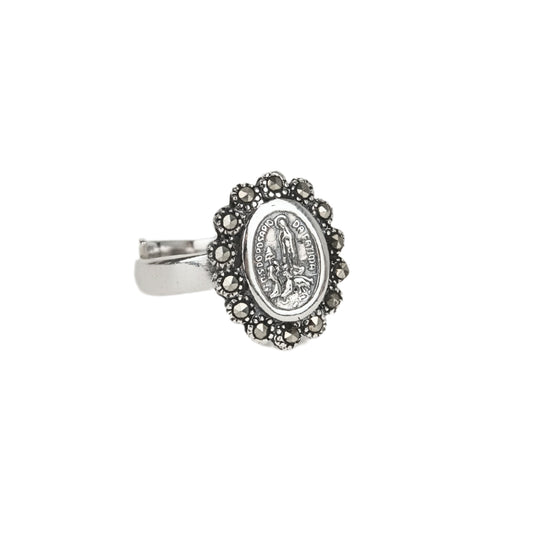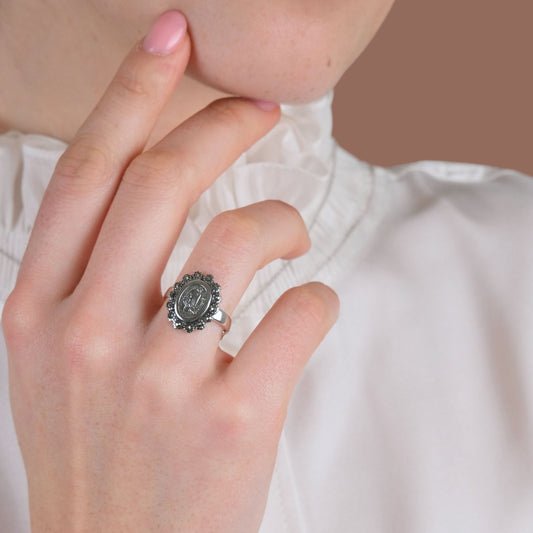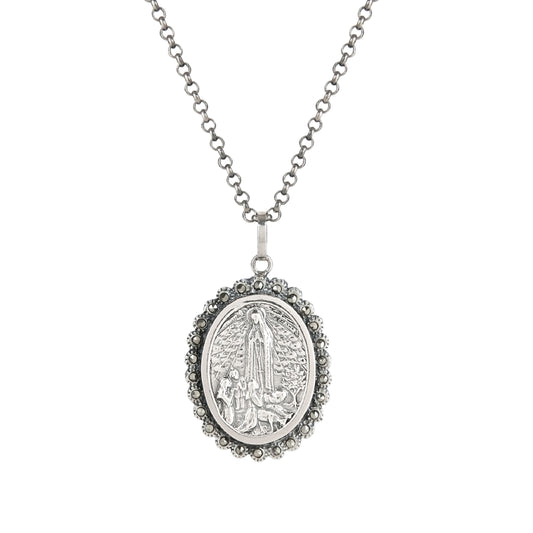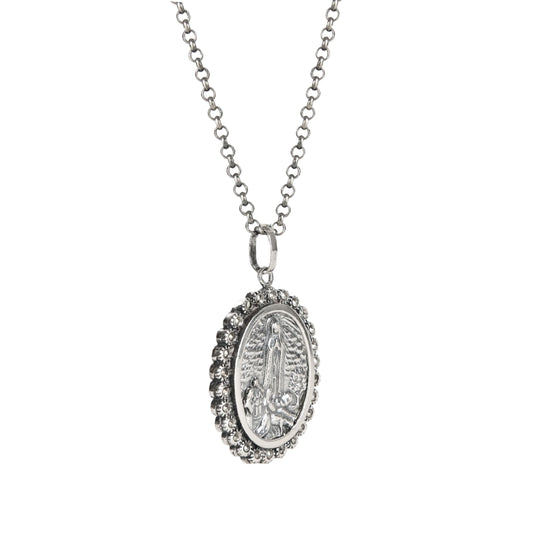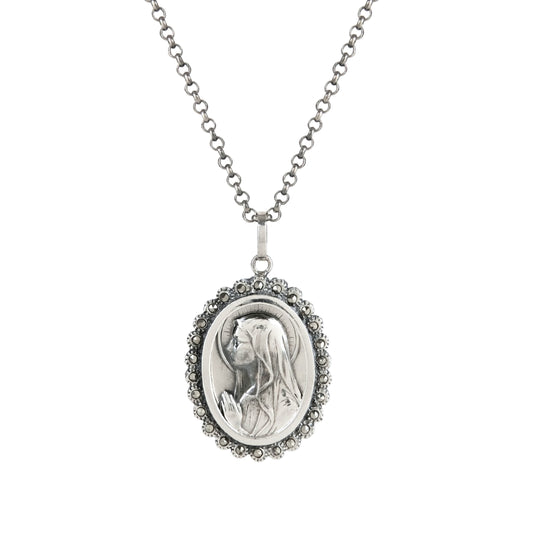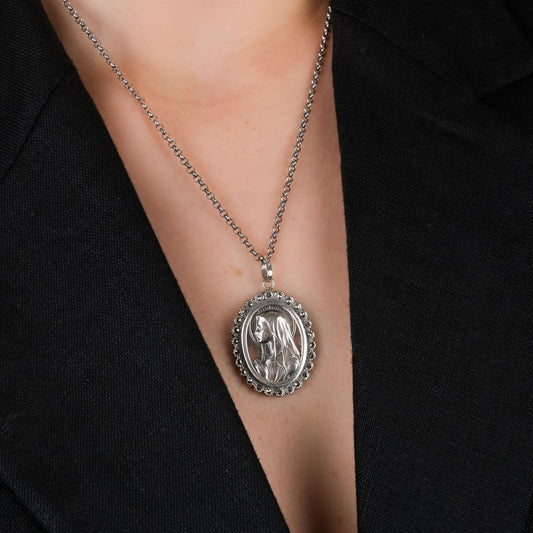Our Lady - the various perspectives
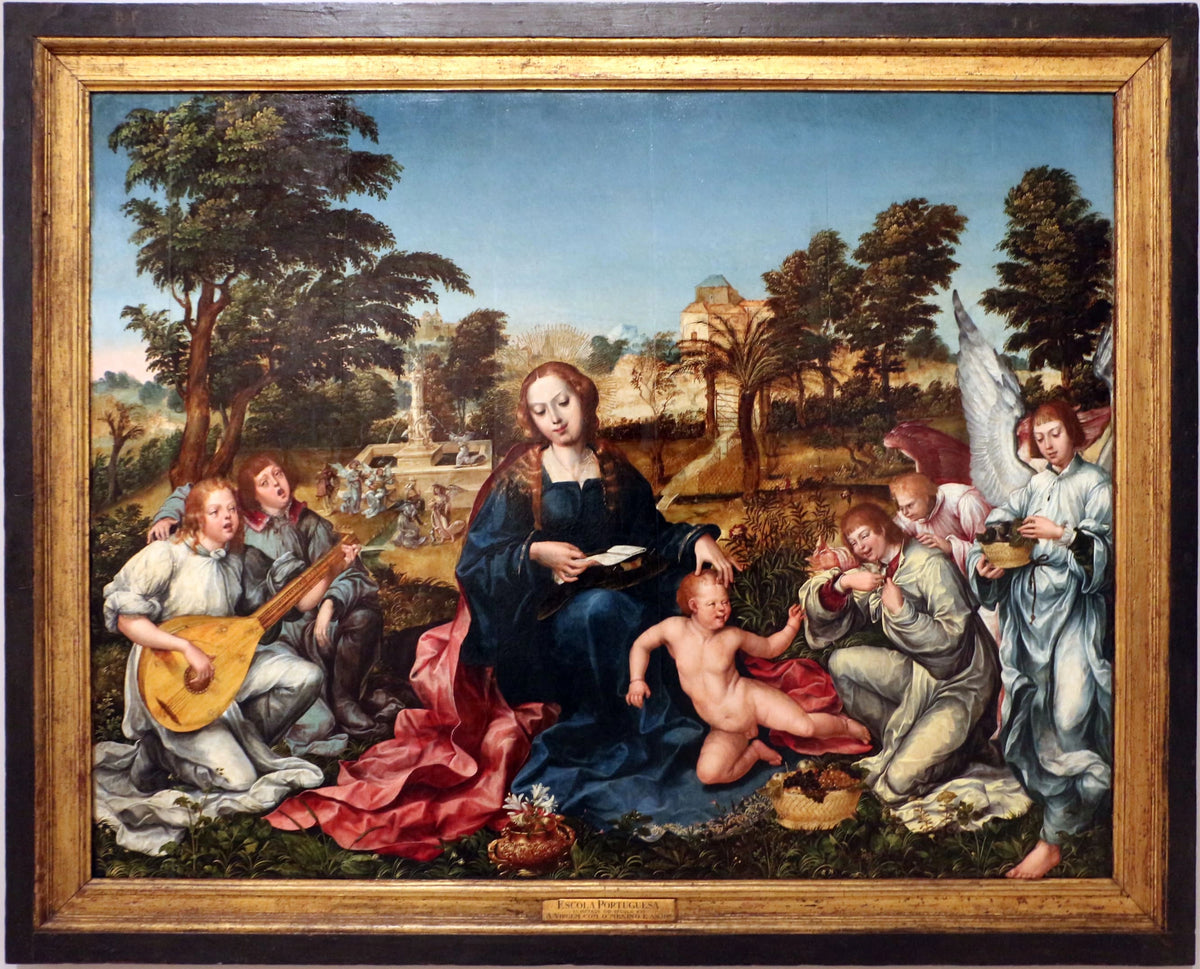

Painting "A Virgem, o Menino e Anjos", by 16th century painter Gregório Lopes (1490-1550)
Virgin Mary, Mother of God, Holy Virgin, Queen of Heaven, Our Lady, or simply Mary, among so many other titles, all refer to one woman. The one who, according to the dogmas of the Christian world, gave birth to the son of God, Jesus, without the defilement of original sin.
Depending on the believer's need, they will call Our Lady's attention to the problem that afflicts them, by adding the most appropriate epithet to Mary's invocation. Let us observe the example of Portugal, a land of sailors, where we have the devotion to Our Lady of the Navigators, patroness precisely of sailors, fishermen, etc.
Other devotions have to do with evocations of references to Mary's life and personality.
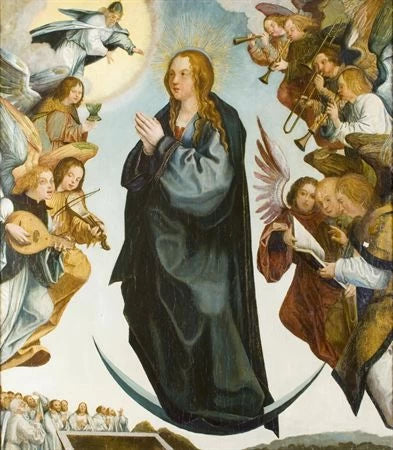
Our Lady of the Assumption
In the Portuguese case, let us observe the devotions to Our Lady of the Assumption. In reference to the biblical episode of Our Lady's ascension into Heaven.
Tradition tells us that at the end of her life, Mary is assumed into heaven, that is, she is accepted. Carried on clouds supported by angels, she is received into the Heavenly Court body and soul.
Painting "Assunção da Virgem ladeada de anjos músicos", by 16th century painter Gregório Lopes (1490-1550)
Some dogmas state that when her life came to an end, instead of dying like any mortal being, angels came for her and took her to heaven. According to other beliefs, Mary is said to have died and been resurrected at the same moment and then taken to heaven.
This is just another example of the uniqueness of Mary, a woman who lived and died without any defilement. If not an example to be followed, at least a source of inspiration for all believers. Proof of this are the countless pilgrimages, processions, and other festivities in her honor.
As Our Lady of the Assumption, Mary is celebrated in Portugal as a national holiday on August 15.
Our Lady Collection
Meet our OUR LADY jewelry, pieces that celebrate the life of Our Lady:




